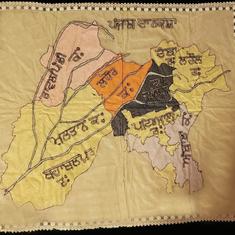The government is testing if India can have two time zones
Arunachal Pradesh Chief Minister Pema Khandu had asked for a separate time zone for the country’s North East.

Department of Science and Technology Secretary Ashutosh Sharma on Thursday said they were conducting a study to assess the feasibility of having different time zones within India. He told PTI that the study will try to find out how much energy can be saved if there are two different time zones.
The study will assess the overall impact of such a move and will also focus on the transportation system. “One can actually save energy because the sunrise and sunset timings are different, but the office timings are one across the nation,” Sharma told PTI.
The demand for a separate time zone has been raised before. Advocates of this theory say that it will increase daylight savings and efficiency. The sunrise and sunset timings in both the North East region as well as the archipelagos of Andaman and Nicobar, and Lakshadweep are different from the mainland.
The study came soon after Arunachal Pradesh Chief Minister Pema Khandu had asked for a separate time zone for India’s North East region. He had argued that a separate time zone was necessary to improve work efficiency and save electricity in the region. “We get up as early as 4 am… Several daylight hours are wasted as government offices open only at 10 am and close at 4 pm,” Khandu had said. The Gauhati High Court had, in March, dismissed a public interest litigation seeking directions to the Union government to have a separate time zone for the North East.
This is also not the first time a study has been done on having two different time zones in the country. In 2012, Dilip Ahuja and DP Sen Gupta from Bengaluru-based Indian Institute of Advance Studies had suggested that instead of two separate zones, the smarter thing to do would be to advance Indian Standard Time by half an hour. According to them, India would save 2.7 billion units of electricity every year by shifting the IST meridian eastward.
As of now, the country’s standard time is defined by the 82.5E longitude that passes through Allahabad in Uttar Pradesh. If it were to be advanced by half an hour, the defining longitude would be 90E near the Assam-Bengal border.









